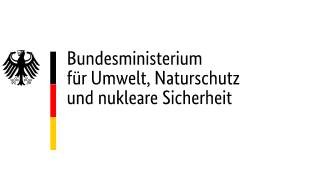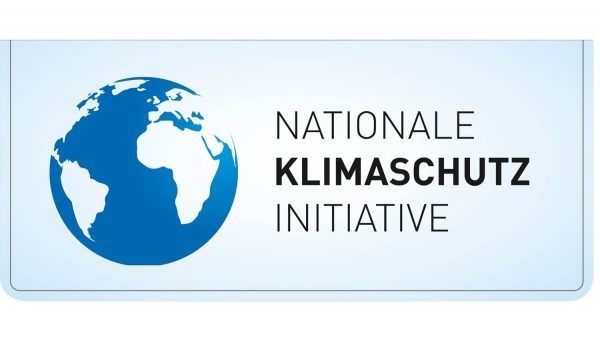Climate protection through educational vertical green
The biomass production for energy use is already carried out in rural areas on a large scale and with a high consumption of land. In this pilot project, this approach will be transferred to areas that are unused for climate protection. Vertical production saves land consumption for the production of biomass and provides not only climate protection but also climate adaptation measures, which are especially valuable for urban areas.
A new type of rank system for façade greening developed by the Center for Innovation and Science on Building Greening at the TU Berlin, situated at the department of Ecohydrology and Landscape Evaluation, allows the greenery to be removed and recycled once the target biomass has been reached, without the need for great personnel or machinery expenditure.
In this way, the energetic use of inner-city produced biomass is made possible with a positive overall energetic balance. The size of the total carbon storage potential depends on the local conditions of the buildings. Vertical greening in the inner city quarters of Berlin (quarters within the inner city circle line) with an available facade area without windows of 2,160 ha results in a considerable climate protection potential for the inner city area of Berlin.[1] Unlike slow-growing trees, these storage capacities are already achieved after one to two years in the case of fast-growing, partially pre-grown species.
In this pilot project, in addition to CO2 sequestration by the biomass, the potential for CO2 equivalent savings in terms of heating energy, cooling energy and energy savings for non-discharged rainwater (Charlottenburg has a combined sewer system for the most part) will be quantified. With regard to biomass, various methods of utilisation are being investigated. It will also be quantified what storage potential a longer-term biomass increase with preservation of the greenery would yield.
In addition to the topics presented, the other thematic areas of regenerative energy systems, environmental services, soil/land use, consumer behaviour and environmental psychology, mitigation of flooding, air pollution control/pollutant adsorption, noise reduction, conservation and enhancement of biodiversity, and stress reduction are addressed.
Vertical greening will be installed as a concrete measure for climate protection and adaptation at three school buildings in the Berlin district of Charlottenburg-Wilmersdorf and implemented in the schools’ educational work. The potential of mass implementation of energy-positive building greening for direct CO2 sequestration and indirect CO2 and energy savings is quantified and communicated to the entire cross-section of society by anchoring the topic in educational work.
The innovative project approach brings climate protection measures and their visualisation as well as the link with regional stakeholders to where they are currently most demanded in society – to pupils. Target groups and multipliers are addressed at different levels, which are effective for the anchoring, transferability and continuation of this measure.
The project’s target groups include: pupils, school and teaching staff, parents, housing associations and housing cooperatives, neighbourhood managers, climate protection officers, energy advisors, environmental associations, students, extracurricular education partners, local supply and disposal companies as well as residents in the schools’ neighbourhoods.
[1] Nehls, T. (2010): Ungenutztes Flächenpotenzial für die Fassadenbegrünung am Beispiel Berlins. Bauwerksbegrünung. Verlag Kuberski, Stuttgart, 74-75.
Duration
08/2021 – 07/2024
Cooperation Partners
the Nature Conservation Department of the Charlottenburg-Wilmersdorf Environmental and Nature Conservation Office
Funded by
Federal Ministry for the Environment, Nature Conservation and Nuclear Safety as part of the National Climate Initiative (NKI)
Bezirk Charlottenburg-Wilmersdorf
Contact
Dr. Svenja Rosenwinkel






